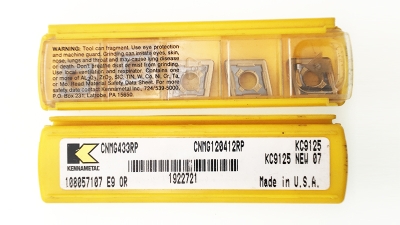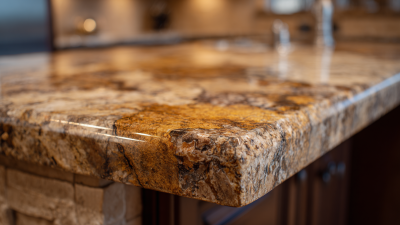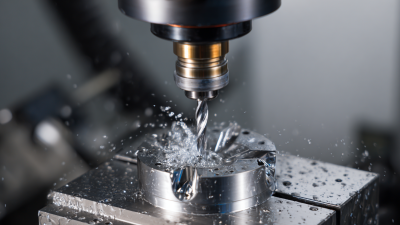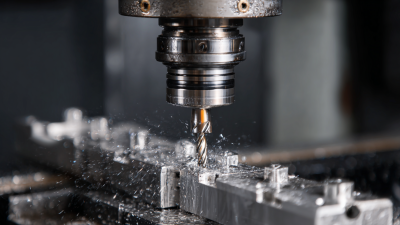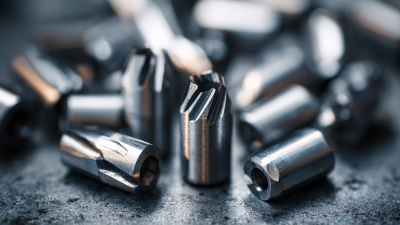How to Choose the Best High Qualiti Insert for Your Project
Table of Contents
- Understanding Different Types of High-Quality Inserts Available in the Market
- Key Factors to Consider When Selecting Inserts for Your Specific Project
- Evaluating Material Durability and Performance for Long-Lasting Inserts
- Cost-Effectiveness: Balancing Quality and Budget for Your Inserts
- Reading Reviews and Recommendations: Finding Reliable Sources for Inserts
- Common Mistakes to Avoid When Choosing Inserts for Your Project
- Maximize Your Machining Efficiency: Discover the Benefits of Kennametal CNMG120412-RP KC9125 Carbide Inserts
- FAQS
- Conclusion
- Related Posts
In today’s competitive world of manufacturing, picking the right tools really makes a difference when it comes to efficiency and precision in CNC machining. Did you know that the global market for CNC cutting tools is expected to hit around $29.8 billion by 2025? That’s a huge demand for top-quality inserts, especially High Quality Inserts, and it’s only growing. At Jinan Terry CNC Tool Limited Company, we see firsthand just how important high-performance inserts are for getting the most out of your cutting processes. Choosing the right High Quality Insert doesn’t just mean better tool life and performance – it can also help cut down on costs and save you from unexpected downtimes.

In this blog, I’ll share some handy tips on how to pick the best high-quality inserts for your specific needs. Hopefully, this’ll help you make smarter choices that keep up with industry trends and fit your project’s requirements perfectly.
Understanding Different Types of High-Quality Inserts Available in the Market
When you're picking out high-quality inserts for your project, it’s really helpful to understand the different types you have to choose from. Inserts come in all sorts of materials—like metal, ceramic, and plastic—and each one has its own perks. For example, metal inserts are often the go-to if you need something super durable and resistant to wear, while ceramic inserts are great for handling high temperatures and cutting down on friction. Plastic inserts? They’re usually a solid choice if you’re working on lighter tasks or need a budget-friendly option.
A good tip is to think about what exactly your project needs—consider the materials your insert will be working with and the kind of wear and tear it’ll face over time. Also, chat with your suppliers about whether the insert will play nicely with your current tools and processes. It’s important to make sure it meets industry standards and will do the job you need it to.
And don’t forget to look for features that boost performance, like coatings that make the insert last longer or special shapes designed for specific machining jobs. Staying up-to-date with technology and new designs in insert manufacturing can really help you make smarter choices, ultimately saving you time and boosting productivity in your projects.
Understanding Different Types of High-Quality Inserts Available in the Market
Key Factors to Consider When Selecting Inserts for Your Specific Project
When you're choosing inserts for your project, there are a few key factors to keep in mind—stuff that really makes a difference in how well everything works out. First off, the material of the insert is super important. Depending on what you're working on, you might pick metal, plastic, or even composite materials. Each one has its perks—like metal inserts being super durable and handling higher temperatures or stresses, whereas plastic ones can be lighter and resist corrosion. It’s all about matching the right type to your needs.
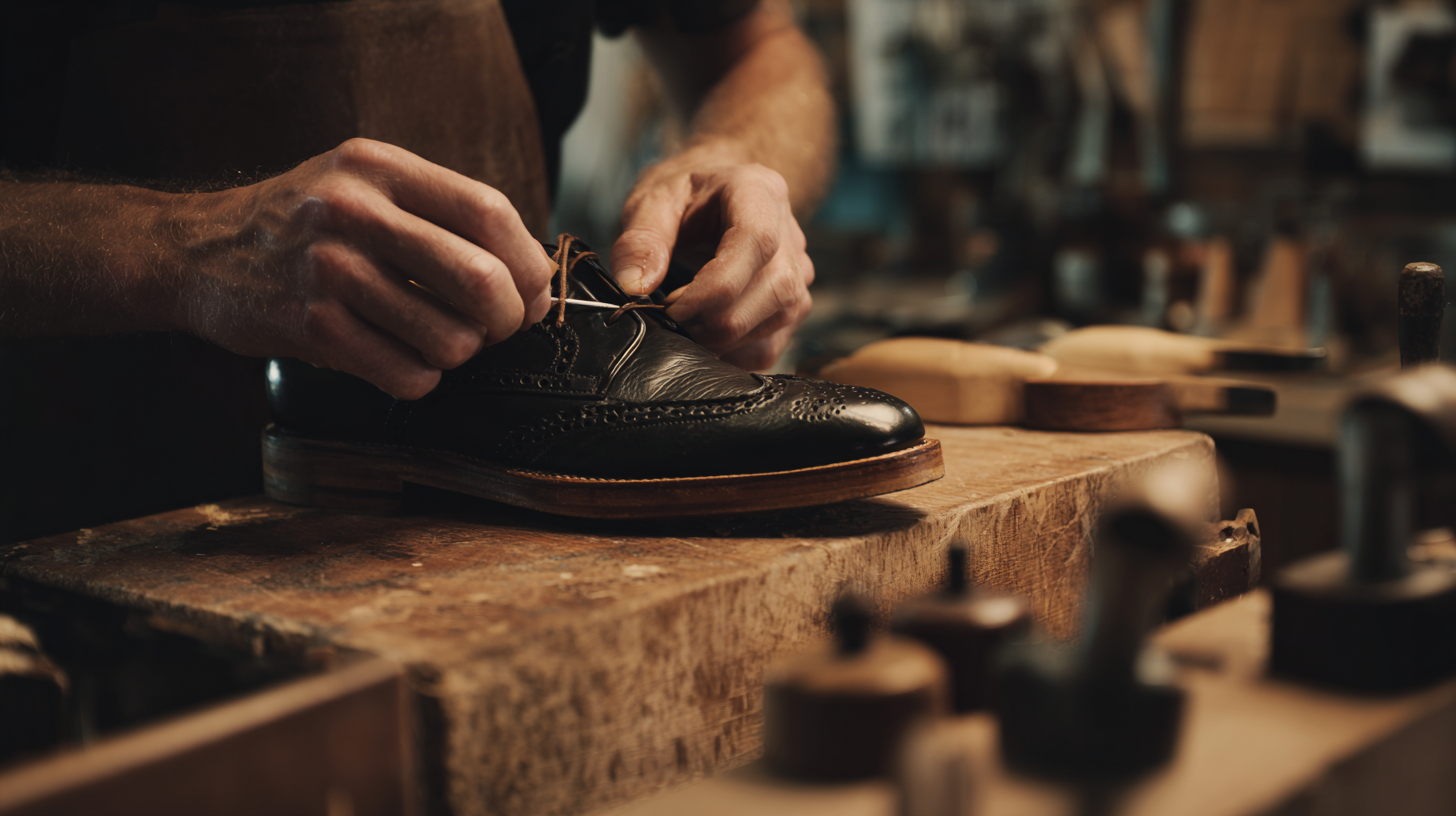
Another thing to think about is the size and fit. You want to make sure the insert fits snugly into the spot without any wiggle room—that way, it won’t shift around and mess things up. Also, take a look at how you’re going to install it. Some inserts might need special tools or techniques, so it’s worth checking that beforehand. And finally, consider what your project specifically demands—like how much weight it needs to bear, environmental factors, or how often it’ll be used. Getting these details right will help you pick the best insert and make sure everything turns out just right.
Evaluating Material Durability and Performance for Long-Lasting Inserts
When you're picking out high-quality inserts for your project, it’s really important to think about how durable and reliable the materials are. A study from the International Journal of Advanced Manufacturing Technology points out that choosing the right insert material can make a huge difference in how long your tools last and how efficiently your machining process runs. For example, carbide composites are known to be pretty tough—they can last up to 50% longer than high-speed steel inserts under similar conditions, which is a big deal when you're trying to cut down on downtime and bump up productivity, especially in high-volume production setups.

On top of that, things like wear resistance and thermal stability are super critical when picking out inserts. According to the American Society for Mechanical Engineers (ASME), ceramic inserts are especially great for high-speed machining because they’re incredibly hard and resist wear even at really high temperatures. They can handle cutting speeds over 300 meters per minute, which means faster cycle times and still keeping that shiny surface finish. Knowing these material features really helps project managers make smarter choices—ones that boost efficiency and save money in the long run.
Cost-Effectiveness: Balancing Quality and Budget for Your Inserts
When you're choosing high-quality inserts for your project, it's pretty important to find that sweet spot between saving some cash and getting good quality. A lot of folks tend to focus just on the upfront price, but forget about what that means in the long run. Sure, premium inserts might cost a bit more at the start, but they tend to last longer and perform better, which usually ends up saving you money down the road because you won’t have to keep replacing or repairing stuff.
To really get the best bang for your buck, you gotta take a close look at what your project actually needs. It’s a good idea to compare different options — not just for the price, but also for quality. Things like what materials they’re made of, how they’re manufactured, and who’s selling them all matter. Doing some proper homework before you buy can really help you strike that balance—keeping your budget in check without sacrificing the quality you need for a successful project.
Reading Reviews and Recommendations: Finding Reliable Sources for Inserts
When you're on the hunt for the best high-quality insert for your project, one of the most helpful things you can do is read reviews and recommendations. Honestly, trusted sources can offer you insights that go way beyond just specs—they tell you how these inserts actually perform and hold up in real-world use. I’d suggest starting with reviews from reputable websites, forums, or niche blogs that focus on your industry. Sometimes, hearing about other people’s personal experiences can really make a difference—like how well a certain insert lasts or if it’s worth the trouble.
And hey, don’t forget to get involved in community groups related to your project’s field, whether on social media or professional networks. These places are goldmines for honest feedback and discussions about different products. Plus, if you can, reach out to pros who’ve actually used these inserts—they often have insights that you won’t find in a typical review, and their recommendations can steer you toward the best high-quality options out there.
Bottom line: taking the time to dig into reviews, chat with others, and seek out expert opinions will give you a much clearer picture and help you pick the perfect insert for your specific needs.
Common Mistakes to Avoid When Choosing Inserts for Your Project
When you're picking out inserts for your project, it's pretty easy to fall into some common traps that can really mess things up. One of the biggest slip-ups is just going for the cheapest option out there. I get it—who doesn't love saving a few bucks? But cheap inserts often don’t hold up in the long run and might not give you the durability or performance you need. It really pays off to focus on value instead. Sometimes, splurging a bit on good quality inserts actually ends up saving you time and hassle later on.
Another thing to watch out for is forgetting to check if the inserts you choose are compatible with the materials you're working with. Every project is different, and different materials need different types of inserts for that tight, secure fit. Take a minute to do a little research—trust me, it makes a huge difference in how solid your final build feels.
And oh, don’t forget about the supplier's reputation! Going for cheap or unknown sources can end up with you getting inconsistent quality or performance issues. It’s worth sticking with trusted suppliers who have good reviews and a solid track record. When you put all these pieces together—quality, compatibility, and a reliable source—you’re way more likely to have a successful, stress-free project that stands the test of time.
How to Choose the Best High Quality Insert for Your Project - Common Mistakes to Avoid When Choosing Inserts for Your Project
| Insert Type | Material | Common Applications | Strengths | Common Mistakes |
|---|---|---|---|---|
| Threaded Insert | Steel | Metal furniture, automotive parts | High load capacity, durability | Choosing the wrong size or thread pitch |
| Hollow Insert | Aluminum | Lightweight structures, robotics | Lightweight, corrosion resistance | Ignoring load requirements |
| Knurled Insert | Brass | Plastic enclosures, electronics | Easy installation, excellent retention | Overlooking heat resistance |
| Self-Tapping Insert | Nylon | Woodworking, furniture assembly | No pre-drilling needed, flexibility | Using in unsuitable materials |
| Expandable Insert | Copper | Electrical components, heat sinks | Excellent electrical conductivity | Neglecting thermal expansion properties |
Maximize Your Machining Efficiency: Discover the Benefits of Kennametal CNMG120412-RP KC9125 Carbide Inserts
Maximizing your machining efficiency is essential in today's competitive manufacturing environment, and choosing the right tools plays a critical role in achieving that goal. The Kennametal CNMG120412-RP KC9125 carbide insert is a standout option known for its exceptional performance in various machining applications. Designed specifically for use with steel, stainless steel, cast iron, and nonferrous metals, these inserts offer remarkable wear resistance, which significantly contributes to their long tool life. According to the latest industry reports, using high-quality carbide inserts can improve cutting tool longevity by up to 50%, reducing costs associated with frequent tool changes.
The advantages of the KC9125 carbide inserts extend beyond just durability. They are engineered for high-speed and high-efficiency cutting, allowing manufacturers to enhance productivity without compromising on quality. The stability and security in productive turning are further complemented by the insert's high toughness and low cutting force requirements, enabling operators to achieve smooth finishes even in challenging conditions. With a proven track record in both ISO and ANSI application areas, this insert exemplifies the optimal balance of performance and reliability, making it a preferred choice among industry professionals. By integrating the Kennametal CNMG120412-RP KC9125 inserts into your production process, you can harness the full potential of your machining capabilities and target increased throughput.
FAQS
: High-quality inserts are commonly made from metal, ceramic, and plastic, each offering distinct benefits for various applications.
Metal inserts are often preferred for their durability and wear resistance, making them ideal for applications that require these properties.
To select the right insert, consider the specific application requirements, potential wear and tear, and consult with suppliers for compatibility with existing tools and processes.
Reviews and recommendations provide insights into the performance and durability of inserts in real-world applications, helping users make informed choices based on others' experiences.
Common mistakes include choosing inserts based solely on price, neglecting compatibility with materials, and not considering the supplier's reputation.
Compatibility ensures that the insert fits securely and functions properly with the specific materials being used, enhancing the overall integrity of the assembly.
Keeping an eye on technological advancements in insert design can help users make informed choices that improve productivity and efficiency in their projects.
Look for features like coated surfaces for improved performance and specific geometries designed for particular machining tasks to enhance functionality.
Conclusion
When you're starting a project that calls for High Quality Inserts, it's really important to get a good handle on the different types out there. I mean, knowing what’s available can make a huge difference. In this blog, I'll go over some key things you should keep in mind—like how durable the materials are and how they perform—you want something that’s going to last and keep up over time, right? And, of course, cost matters too. Balancing quality and budget is pretty much the name of the game if you want to make smart choices without breaking the bank.
Also, don’t forget to read reviews and recommendations—that stuff’s gold when you’re trying to make a decision. There’s a lot to learn from others who’ve been down the same road. Skipping on common mistakes when choosing your High Quality Inserts can really set you up for success. If you work with companies like Jinan Terry CNC Tool Limited, you’ll have the right expertise on your side to help pick the perfect inserts that fit your specific needs. It’s all about making informed choices and setting yourself up for the best outcome.
Blog Tags:

Amelia
-

Phone
-

E-mail
-

Skype

